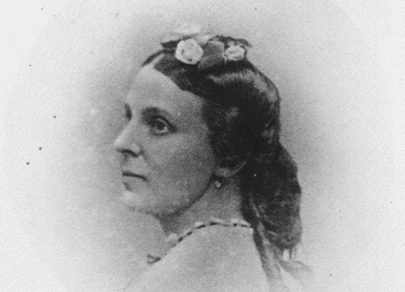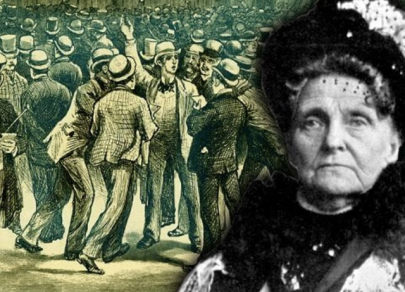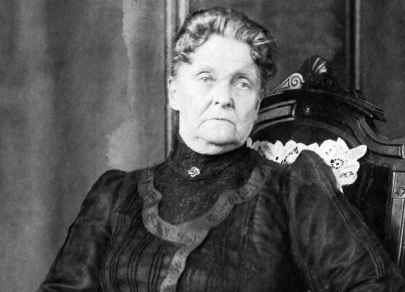FX.co ★ द विच ऑफ वॉल स्ट्रीट: वेस्ट की सबसे मजबूत मुट्ठी
द विच ऑफ वॉल स्ट्रीट: वेस्ट की सबसे मजबूत मुट्ठी
The early bird in business
Hetty Green, the stock market legend to be, was born in 1835 to Edward Mott Robinson, a whaling entrepreneur. From the age of six, she has read stock quotations to her short-sighted father; at thirteen, she participated enthusiastically in the family business and ran the books.

A taste of fi(n)ancing
In 1867, the would-be Witch of Wall Street married Edward Green, a businessman. Being a provident woman, she insisted on a marriage contract that stipulated separate handling of finances. As it happened afterwards, more than once she had to bail her husband out of his sky-rocketing debts. But it was there and then that Hetty Green started learning the rules of the financial game.

$7.5 million sensibly invested
In 1865, Hetty Green inherited $7.5 million from her father and started investing in post-Civil War greenbacks. At that time, Americans were apprehensive of the state of the nation’s economy, and the price of paper money was plummeting. It cost 40 to 50 cent on the gold-backed dollar. While others sold the paper money, Hetty Green was buying it. She remained calm amidst the common financial panic and thoroughly analyzed the value of companies before investing in them. And she always kept enough money in reserve.

Her main investment strategy
The most successful woman on the US stock market never made a mystery of her investment strategy. “All you need is getting in at the bottom and out on top, act with prudence and astuteness, and then be consistent”, Hetty Green used to say. And she stuck to these rules all the time. Many traders mimicked the moves of the Witch of Wall Street since all her deals were profitable. Few, however, proved to be just as successful. Over a year of investing in bonds she earned $1.25 million that she invested in railroad bonds, the industry booming at the time in the USA. According to Hetty Green, the most she ever earned in a day was $200,000. Other than government stocks, she invested in mortgage bonds and real estate. She held deeds to churches, factories and office buildings, as well as to gold, copper and silver mines.

Legendary parsimony
Hetty Green’s thriftiness, bordering on incredible stinginess, was legendary. She went down in the Guinness Book of World Records as the "greatest miser". She led a very frugal life, lodging with her son and daughter in cheap apartments. Hetty Green wore a scuffed, worn-out black dress that was only washed at the hem to save on soap. Her tight-fistedness was the stuff of legends; one of them has it that she refused to hire a good doctor for her ailing son. As a child, he damaged his foot and had to suffer a leg amputation later. Besides, Hetty Green was said to choose the cheapest goods and bargain for every cent. It is known that for lunch she ate cheap oatmeal heated on the radiator. The media wrote of her never paying taxes or trusting lawyers. Later, for security reasons, she hired a bodyguard and carried a revolver.

The financial genius of the late 19th century
The stock market became Hetty Green’s calling; she expertly predicted how stocks would behave and knew where to invest profitably. She dealt in securities and secured lending, only using liquid real estate in big cities. She owned several blocks in Chicago, New-York, and other cities. Already in the year 1900, when an average household income in the US was under $500, Hetty Green made $7 million. Her investments peaked during the 1907 Bankers’ Panic when stocks plummeted. Hetty Green ended up lending $1 million to trading firms and the state. Her fortune grew exponentially. According to different estimates, by the end of her life (by 1916), Hetty Green expanded her $7.5 million initial capital to $100-$200 million. Hetty Green was by right called the world’s richest woman.






















